Why do direction requests matter?
In the digital era, where the majority of consumers turn to online searches to find local businesses, ‘direction requests’ have emerged as a significant metric for local search marketing success. Direction requests occur when a potential customer uses a digital map service to get directions to a business location. This action is not just about foot traffic; it’s a powerful indicator of purchase intent. In this article, we’ll explore why direction requests matter and how they can impact your business on Locl.
What are Direction Requests?
Direction requests are made when a user clicks on the ‘Get Directions’ button in online listings such as Google My Business, Bing Places, or on Locl’s platform. This is a clear signal that the user is considering visiting the physical location of the business, moving them one step closer to becoming a paying customer.
Why Do Direction Requests Matter?
- High Purchase Intent: When someone requests directions, they have a high intent to visit, making this metric a strong indicator of potential sales.
- Measure of Visibility: The number of direction requests can measure a business’s visibility and discoverability on local search platforms.
- Local SEO Performance: Frequent direction requests can positively influence local search rankings, as search algorithms interpret this as a signal of a popular and relevant business.
- Competitive Insight: Tracking direction requests can provide insights into how a business is performing against competitors in attracting local traffic.
- Offline Conversion Tracking: For businesses with physical locations, direction requests help bridge the gap between online marketing efforts and offline conversions.
Impact on Business Strategy:
Understanding the volume and source of direction requests can inform several strategic decisions:
– Location Analysis: High direction requests can validate the effectiveness of a location while identifying areas with lower requests can spotlight regions for potential improvement in marketing efforts.
– Marketing Campaigns: Campaigns can be tailored to boost visibility in areas where direction requests are lower, thereby increasing physical visits.
– Customer Experience: By analyzing when and where customers are requesting directions, businesses can optimize store hours and staff allocation to better serve their customers.
How to Increase Direction Requests:
- Optimize Online Listings: Ensure that business listings on all platforms are accurate, complete, and compelling.
- Encourage Reviews: Positive reviews can influence others to visit the business, potentially increasing direction requests.
- Local Content Marketing: Create content relevant to the local area to appear in more local searches, leading to higher direction requests.
- Mobile Optimization: As most direction requests come from mobile devices, having a mobile-optimized online presence is crucial.
- Utilize Locl’s Tools: Platforms like Locl offer tools and insights to manage and improve local search presence, which can increase direction requests.
Direction requests are more than just a way to navigate; they are a critical success metric in local search marketing and a driver of real-world traffic to businesses. By prioritizing and optimizing for direction requests, businesses on Locl can not only enhance their digital presence but also translate online interactions into physical store visits and, ultimately, sales. As local search continues to evolve, understanding and leveraging direction requests will remain a cornerstone of connecting with customers in the digital age.

